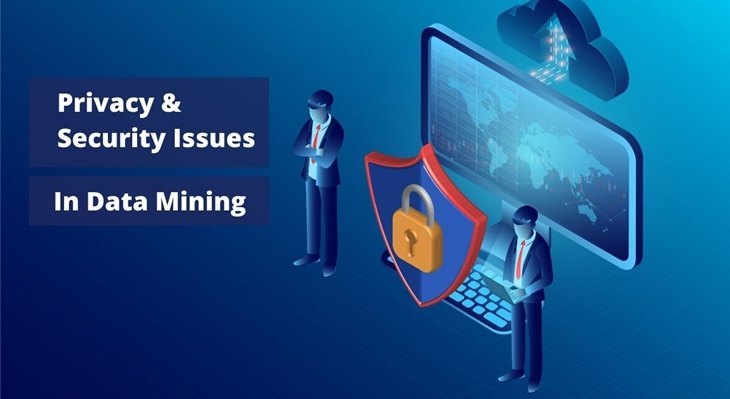Data is only increasing every day and deals with the most sensitive information about different businesses. Data hold dear to every business and thus they try to protect it with the most advanced set of technologies.
One of the most infamous cases of data breaches was of Marriott which happened on September 8, 2018, was estimated to be about $3.5 million.
With the massive amount of data getting generated today it is very much obvious that it will attract a lot of costs related to its storage as well as maintenance. Thus it’s getting transferred to cloud platforms.
But shifting the data from these initial sources to the cloud does create a security hurdle as a lot of times data that is updated in the cloud comes from unverified sources.
Not only this, but regular updates and mining on this data that has to be done can also fall prey to various security because a lot of to and fro of data takes place from cloud to various resources (which might be corrupted or non-reliable).
Thus leading to the possibility of facing security as well as privacy issues related to data mining.
Security Issues Related to Data Mining
Most of the time data is protected by security measures like antiviruses, usernames, passwords, or a pattern without being sure about the vulnerabilities it might attract.
Such measures protect the data from getting hack, but in the long term, don’t stand effective for security purposes.
A multi-layered security system is promising in such situations. The aim of creating a multi-layer security system is to create a backup for the defense component in case of any security flaw.
These multi-layer security setups mainly focus on the areas where there are possibilities of vulnerabilities.
Access controls are basically to verify the identity of the person trying to access data. A single layer access control might seem an easy way to protect the data but it surely is not a secured option.
Talking about high level, access controls are designed in such a manner that only selective identities are allowed to access the data who have been given the authorization for the same.
No matter how big an organization is, the security health of any organization is calculated based on the access controls.
Many a time it happens that the data is thoroughly collected and updated as well, in the systems but the source of these updated data files is not verified.
This in itself is a security lapse for any organization, which surely can result in harming the organization.
Data provenance here helps by properly digging up the source of data and verifying it by tracing its records through the entire system.
Data information is stored in Metadata which is very helpful for the working of data provenance to verify it.
To save money and time many organizations skip the process of doing a proper audit of the security architect and thus repent later.
This usually gives a window to any possible attack on any IT system dealing with tonnes of data collection or other day-to-day activities.
The majority of the time, the tool that gets used in this type of a casual audit is even rejected by the Big data evaluation procedures.
A possible solution to this is a collaboration of audits with a VPN. VPN security gives the feature of predefined parameters that are acceptable to the organizations.
Auditors while auditing the security architect of the organization also consider these acceptable standards for analyzing the breach possibilities, thus giving proper health of the existing security architecture.
It’s the process of keeping the identity hidden, to whom the data describes. In either form directly or indirectly the revelation is not made on the identity of the person being described in the data.
An example of data anonymization is the patient data in hospitals where the ailment stats might be discussed and shared but the revelation of the identity is never done.
But the drawback of this process is that it still remains accessible to hackers who use de-anonymization techniques like generalization and perturbation to identify the source.
Privacy of a system can get easily compromised, when an unauthorized device is able to connect to its security system, thus providing an entry point for any possible vulnerabilities.
A day-to-day example of people bringing office works to home and accessing the official data on their personal devices can be seen as a potential loophole in the privacy of an organization’s data.
But a proper endpoint security measure can be an answer to such vulnerabilities. Endpoint security can be seen as a centralized approach for every endpoint.
Endpoint security is a client-server model whose software handles authentication of any login from endpoints thus helping in providing security.
Data gets stored in certain logs in storage mediums, providing insights to the analyzer about the movement of the data.
Many new techniques like auto-tiering are nowadays used in storing bulky data but it comes with its own negativity as the data storage solution provided by auto-tiering won’t give any track of where the data is being stored.
This thus throws a challenge for its privacy as well as security too.
To counter the large data computations, a technique like MapReduce is used whose main task is to split the data into chunks but the drawback of this technique is no control of users over the process of distributed computations.
The nodes involved in the overall process of computations of MapReduce are prone to malicious issues thus proving to be a threat to the data involved.
You may also like to read: Data Mining Clustering vs. Classification: What’s the Difference?

